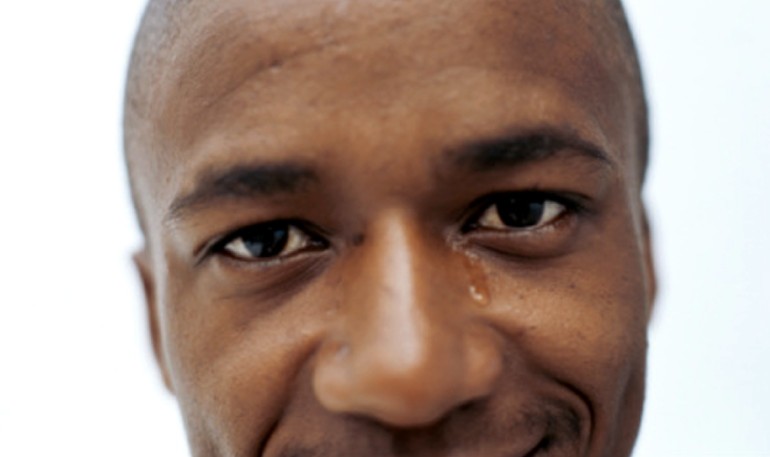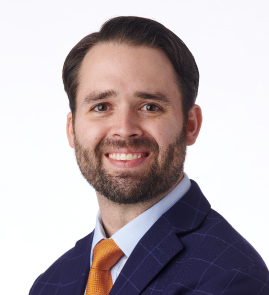As part of the ARVO 2012 Entrepreneurship in Ophthalmology symposium, we at eyesteve.com were impressed with start-up Oculeve for its innovative solution to dry eye disease. Estimated to affect more than 20 million Americans, with 1.6 million having the most severe form of the disease, dry eye disease causes significant impairment in vision and quality of life. Individuals with the disease are encouraged to avoid activities which decrease the frequency of blinking, including reading, computer usage, driving, or watching television. Worse still, activities which increase the evaporation of the endogenous tearing, such as air conditioned rooms and even the windy, dry, or dusty air of the outdoors, are similarly discouraged in order to maintain adequate corneal lubrication. Beyond these clearly inhibitory lifestyle modifications, patients are encouraged to use artificial tears such as restasis or cyclosporine every few hours for symptomatic improvement and to keep the cornea from becoming dry. Ultimately, however, patients may undergo a surgical procedure called a tarsorrhaphy, in which the eyelids are partially sewn together, thus reducing eyelid separation, tear evaporation, and dry eyes.
Oculeve was founded by a team of graduate students at Stanford University who, when preparing for a bioengineering design competition, interviewed ophthalmologists regarding the unmet needs in ophthalmology, and quickly determined the need for improved treatment of dry eye syndrome. Following several iterations of prototypes, and after raising private equity financing and participating in several entrepreneurship competitions, Oculeve is gaining momentum and has recently begun clinical trials in the UK. So how does Oculeve treat dry eye disease? According to CEO Michael Ackermann, PhD at the ARVO 2012 Entrepreneurship in Ophthalmology symposium, Oculeve has designed an extremely small device which, when placed adjacent to the lacrimal gland, stimulates endogenous tear secretion, thus providing symptomatic lubrication, as well as protecting the cornea from erosion, punctate keratopathy, ulceration, neovascularization, and possible scarring.
While clinical trials still await for Oculeve, this new approach to treating dry eye disease should be exciting and encouraging to the tens of millions who suffer from dry eye disease worldwide.













You wrote about clinical studies in uk? Is that a fact? I Can not find anything about it…. But in Mexico i Think … Dó U know about Amy results from the studies???
Kenneth: Thank you for your comment and question both here and on the eyesteve.com facebook page. I apologize for the delay in responding to your post but I have been trying to find additional information to best answer your question. From the information I’ve been able to gather from clinicaltrials.gov, Oculeve Inc. is currently recruiting patients for a clinical trial to investigate the feasibility of a novel treatment for severe Dry Eye Disease. While I am not positive what their exact “novel treatment” entails, I believe that they are studying whether an electrode device that delivers small electrical currents to the lacrimal nerve is able to induce tear production, and whether this is a feasible treatment for Dry Eye. The clinical trial is being performed with Guillermo Salcedo, M.D., an oculoplastic surgeon, and is scheduled to be completed in July 2013. As the study is currently underway, no results are available. I am as eager as you to learn the results of the clinical trial. As far as Oculeve in the UK, I unfortunately have no information on whether this is happening or not. In August 2011, it appears as though they won £15,000 in a business plan competition and that that the prize money would hopefully “enable commercialisation across the UK.” I imagine that much of the future direction of Oculeve, Inc. in the US, the UK, and around the world will largely be based on the results of the current clinical trial. As soon as I have any word on the results of the clinical trial or any other info, I will try to keep you and the many others interested in Oculeve up to date. Like you, I am excited to hear about this potential treatment for Dry Eye, a disease that affects more than 20 million Americans and countless more worldwide. Thanks again for your question!